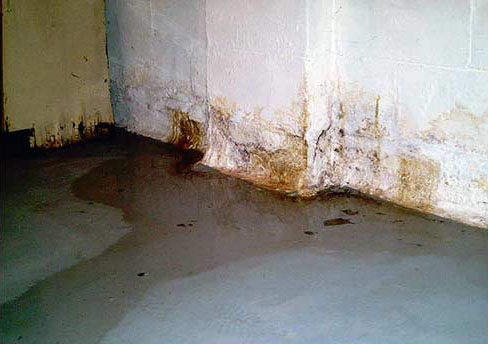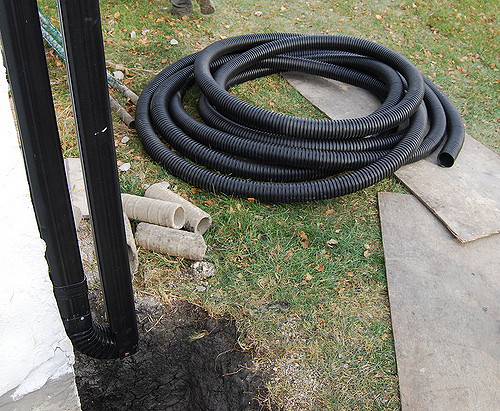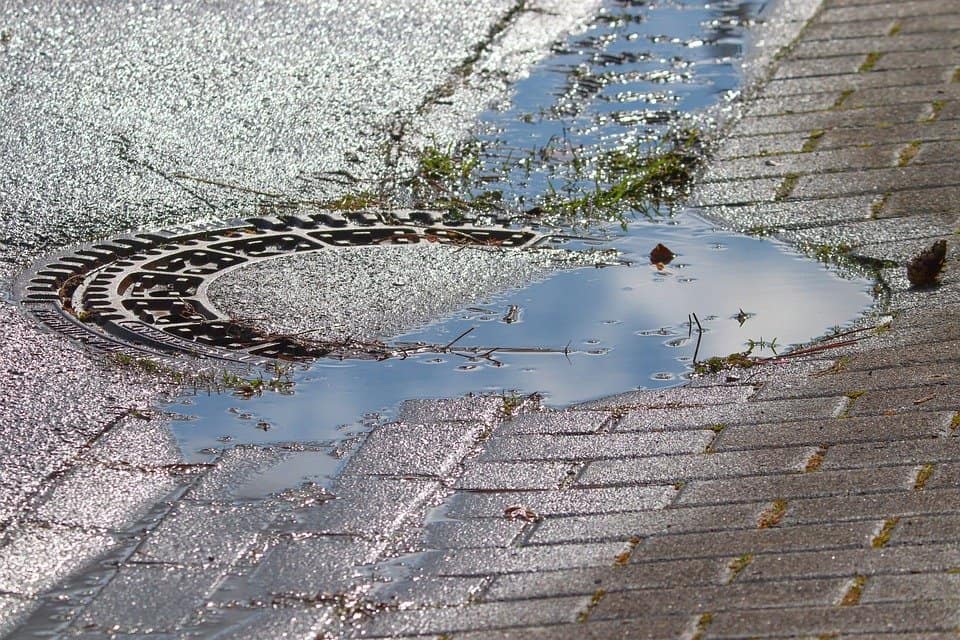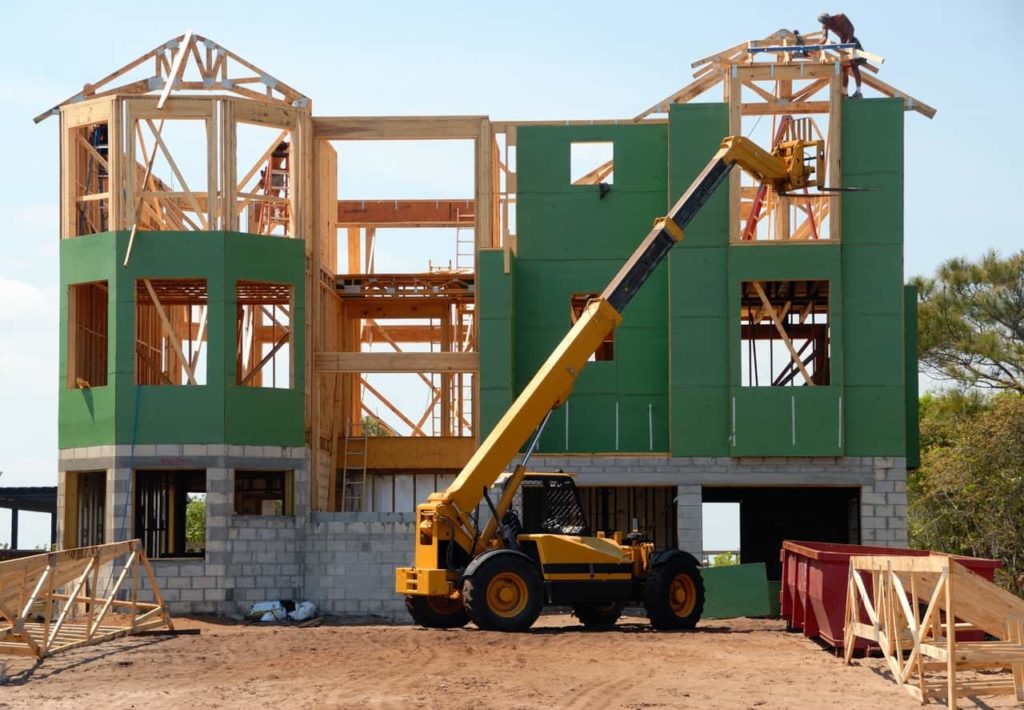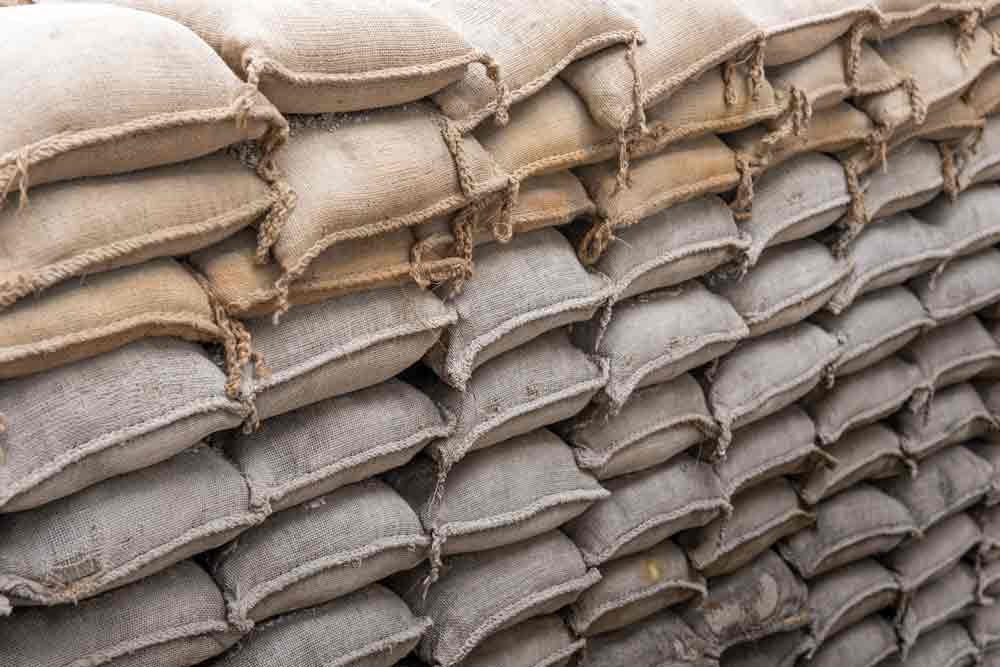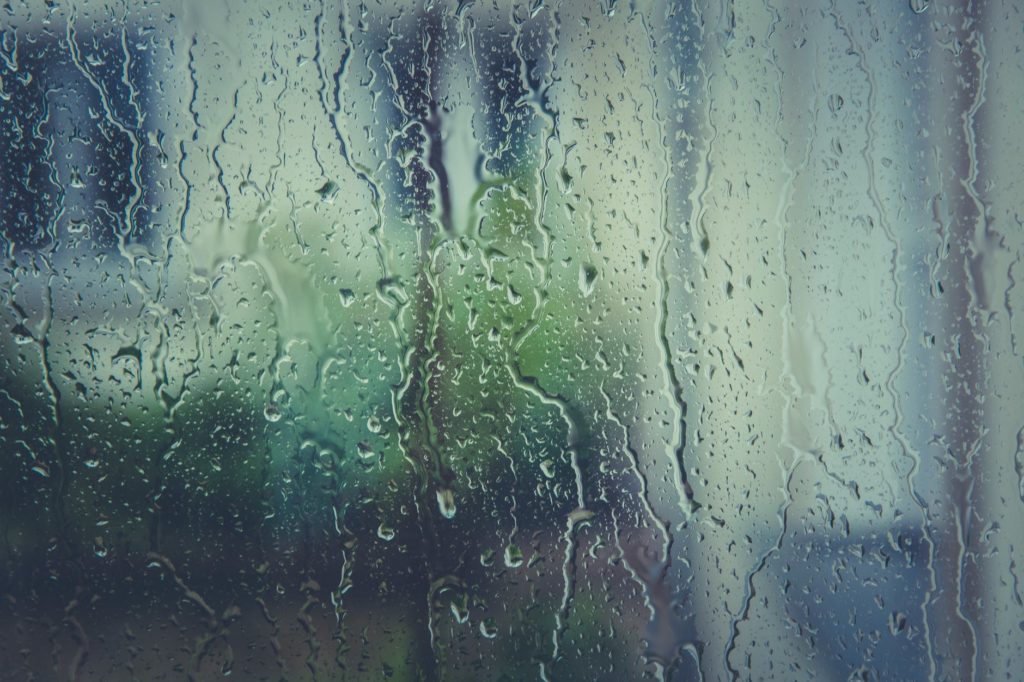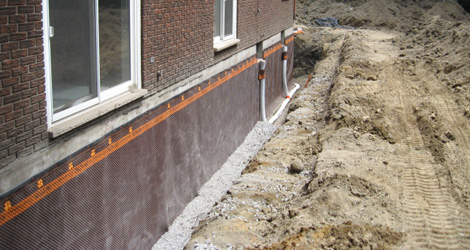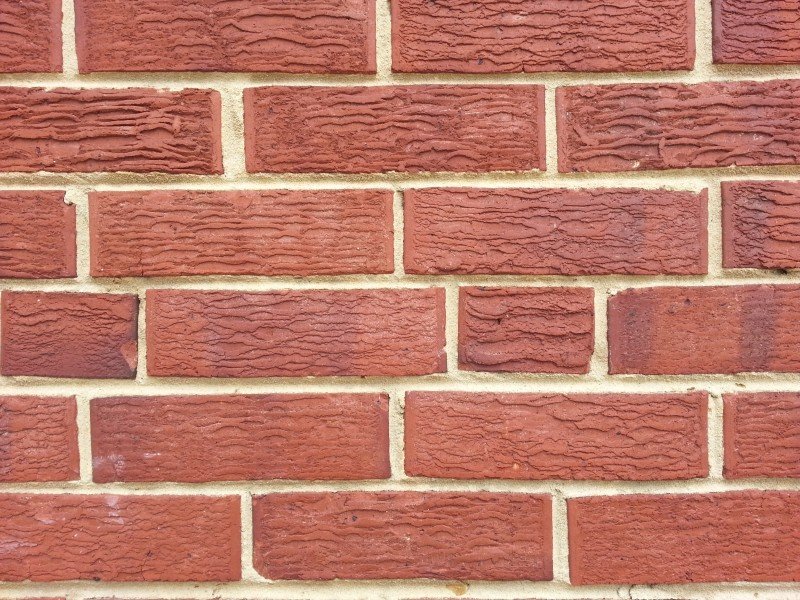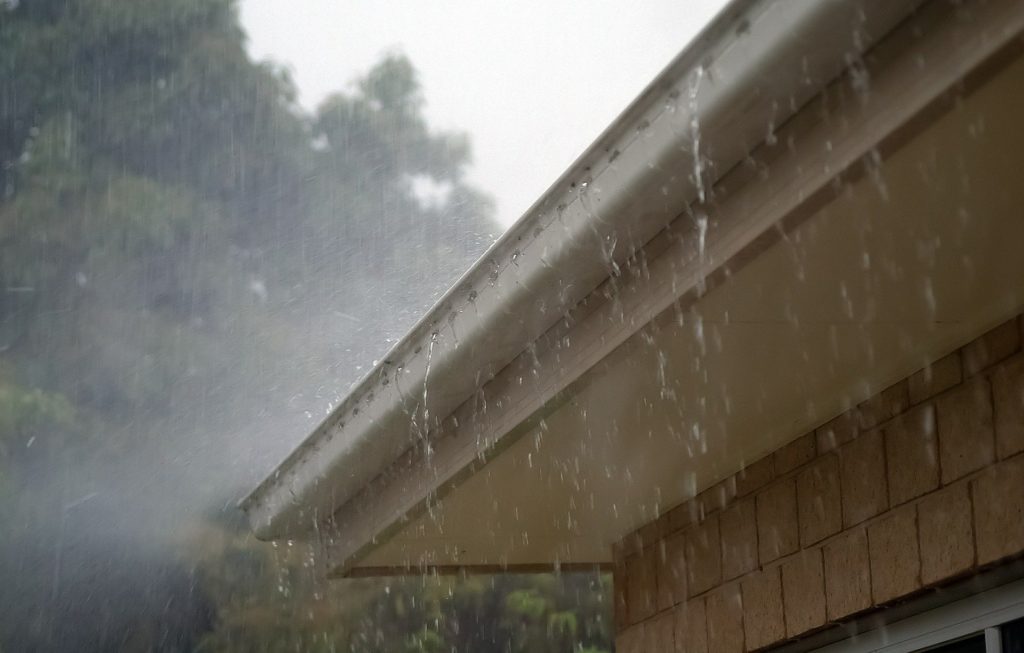ASHWORTH DRAINAGE BLOG
Spring and winter are the seasons with the most water, but summer poses unique challenges for your foundation and basement. Here are the three most common drainage problems warm weather poses for inside a basement, next to foundation walls, and on the lawn of homes around London!
Weeping tiles are an important part of your foundation, as they drain excess water away from the walls. But weeping tiles aren’t only found there – they are key to septic systems, too! For homes with a septic system, you may know them as “leaching lines” that send liquid to what’s called the tile bed, leaching bed, or leach field.
You see storm drains every day, and you know that they link up to the sewer system. Did you know that this system is different from the one that connects to your home? While it’s easy to assume that all underground pipes use the same system and head to a treatment plant, most cities have two drainage systems – one for rain and meltwater and another for waste.
One important part of foundation repair is the layer of tar we spray on the walls. This common exterior layer is made of a petroleum-based asphalt, sort of like what goes on a roof. It is resistant to moisture penetration, making it very good for repelling moisture that makes it to your concrete foundation and helping that water drain away.
While this bituminous material is an important part of waterproofing a foundation, it’s not the only layer of protection you should trust. Read on!
Bags filled with sand and soil often make emergency floodwalls and rough shelters like military bunkers. But the same idea is becoming more popular among DIYers looking for natural building materials. A sturdy process known as “earthbag construction” is the preferred solution!
Earthbag construction is getting a lot of attention as a low-cost, low-impact, durable form of building, and it is being used to make everything from small huts to full-sized homes!
Window wells are a small but important part of protecting the inside of your basement. If water is leaking in from your windows, the problem might be with the window well – or lack thereof. If you don’t have wells around your basement windows, what’s the cost of having them installed? A lot less than the cost of the damage caused by leaking water!
Weeping tiles are pipes that run around the perimeter of the foundation or inside the basement to help water flow away from these parts. Many older homes also include interior weeping tiles; they are often included in unfinished basements in trenches and work if the exterior tile has failed.
One of the most common ways they fail is through clogs. Yes, they can get clogged, and it can have a huge impact on your entire basement. How does this happen?
Foundation walls that are under pressure and buckling inwards can severely impact the rest of your home. Floors can slope, windows and doors will lean, and cracks can form around seals and on the upper floors. Even a slight lean can cause major problems!
When you notice a foundation wall showing the signs of cracking, leaning inward, and bending under pressure, a wall anchor may be necessary to solve the problem before it gets worse. It stabilizes the wall to straighten the foundation without a lot of disruption or costly, more invasive repairs.
The grading around a foundation is the level of the ground. This is one of the main factors for where rain and snowmelt will flow. You’ll want the grade to slope away from the foundation, and you’ll want to make sure it’s good when springtime comes.
Luckily, checking property grading is something you can do yourself! Use this checklist when the weather heats up to make sure your foundation is covered.
When it comes to keeping your foundation dry, gutters and downspouts are unsung heroes. Gutters channel the water off your roof while downspouts funnel it away from your home, but other than an occasional cleaning, it’s easy to forget about them!

